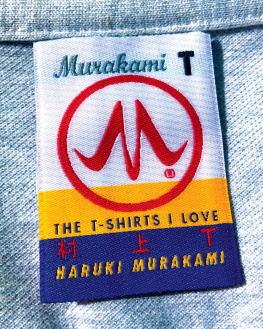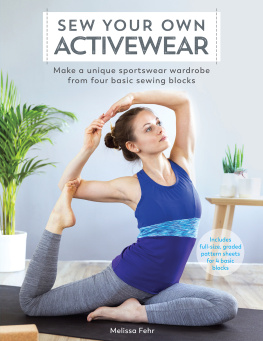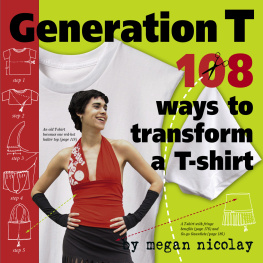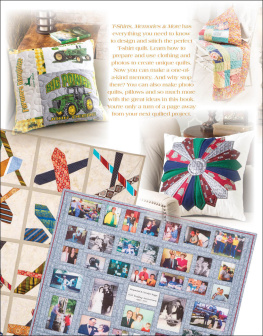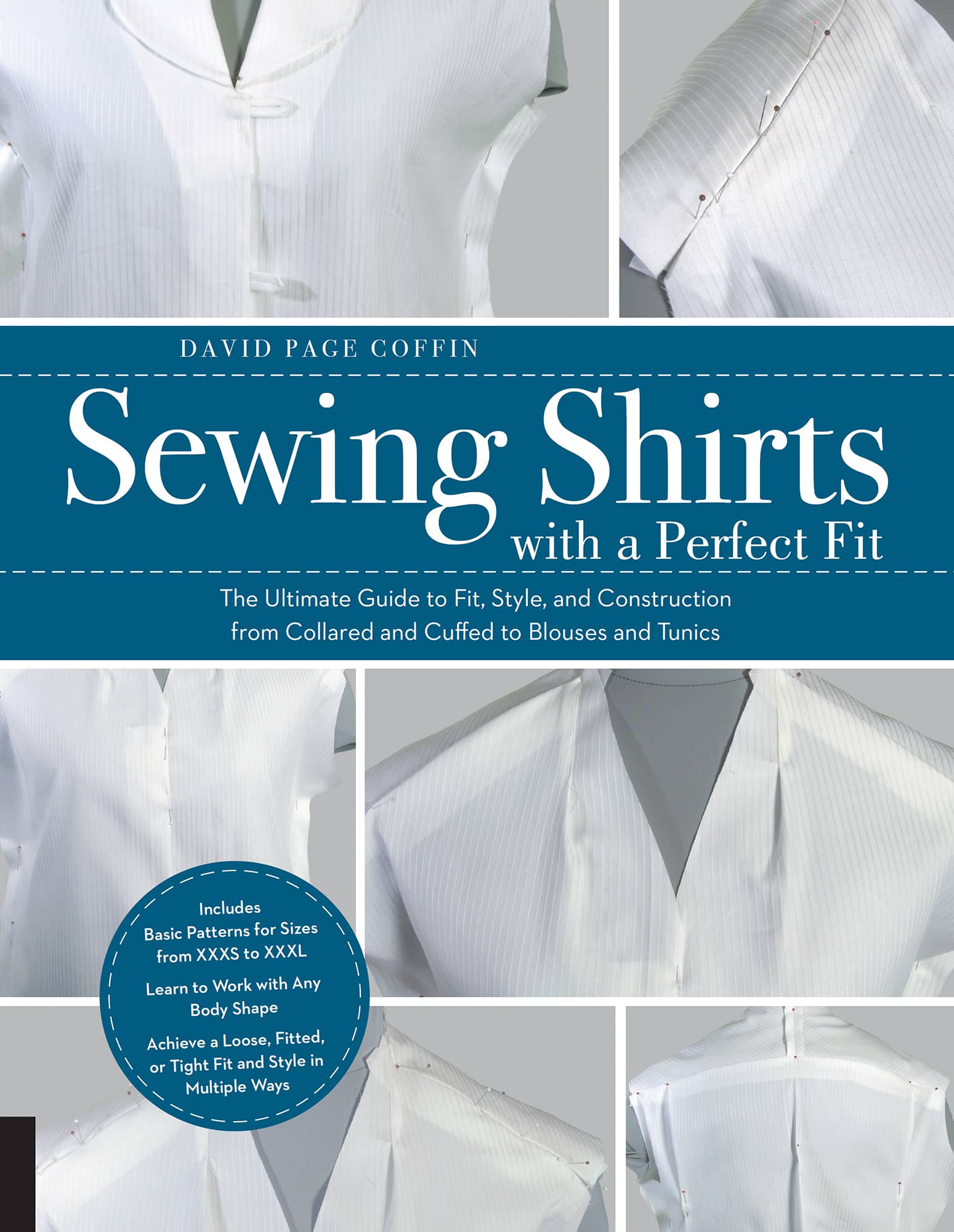WHAT THIS BOOK IS ABOUT AND WHAT IT ISNT
This book is to guide home sewists, of all sewing and patternmaking skills, in the development of unique, personal, and well-fitted basic shirt patterns for themselves or anyone else, male and female, any shape, any size. Sewing Shirts with a Perfect Fit, is organized in two parts: a draping/fitting section followed by a project-based sewing section.
Fitting My approach to creating these patterns doesnt start with choosing a commercial pattern, taking extensive body measurements, and poring over size charts. There are no flat-pattern alterations based on all these usual preparations, nor any lists of body-shape issues with associated pattern fixes. Nor will you find any directions for drafting a pattern based on body measurements and ease formulas. Instead, Ill show you how to create perfectly fitting patterns quickly and intuitively by manipulating fabric directly on a body or dress form until it drapes smoothly into the shape and fit of the shirt you want to make, with no obvious wrinkles or grain distortions.
The draping portion of the book is divided into five chapters. are big-picture overviews of shirt styles and fitting in general. The remaining three chapters explore achieving three specific types of shirt fit: loosely fitted, fitted, and tightly fitted (or very snug), using direct fabric manipulations on an actual body or torso form, in combination with pattern shapes from the included full-size pattern sheet. If you prefer, you can use the same pattern shapes from any standard commercial shirt pattern or copy them from a favorite existing shirt. It doesnt matter where the initial basic pattern pieces come from, the draping for perfect fit process is the same.
Sewing Once youve seen how a basic draping process works to create patterns, Ill walk you through four specific shirt-type example projects to demonstrate how on-the-spot draping can be incorporated into the construction process. This unique fitting process ensures an equally customized and perfected fit for each new shirt project you undertake. You can then adapt your carefully fitted patterns to design shirts for a wide range of different fabrics, new details, and even varying degrees of fitting ease.
The garment examples in the second section, demonstrate part of the range of possibilities any basic shirt pattern offers, and hopefully includes styles and features that many readers will find interesting. If Ive not hit your particular interests with these examples, you might wish to check either of my two previous books on shirt making, both of which focus extensively on other detail and style options for shirt makers. Details from any commercial patterns can, of course, be added or adapted to make any well-fitting shirt style.
So that sewers at any experience level can follow along, additional information, beyond that which fits in the pages of this book, is available for download at www.quartoknows.com/page/sewing-shirts. The extra material covers in greater detail the basics of making muslin test garments to reshape existing flat patterns or to make new flat patterns from the draped pieces. It also includes more detailed step-by-step sewing steps, as you would find in a purchased pattern, for the sewing projects in the second section of this book.
WHY TRY DRAPING?
Many sewers, Im guessing, when they hear the word draping immediately picture a designer standing before a model, lengths of uncut yardage in hand and pins gripped between lips, contemplating how next to astonish the world with some new fashion statement, arranging the fabric on the form like a florist would arrange a bouquet, for maximum freshness, impact, and style. This is not the sense in which Ill be using the term!
I persist in calling the process Ill be showing you draping because we will be pinning minimally cut fabric lengths on a form or model to create a pattern, but also because a more precise labelId prefer fittingis already taken, or at least already comes laden with the sort of associations I mentioned previously. In other words, I will not be using all the typical flat-pattern manipulation fitting methods with which most home sewers are familiar.
Why skip these? Two reasons. First, theyre already well described in many other books, while draping is not. More importantly, no matter which other methods might be used to arrive at a pattern that fits a specific body, eventually every pattern is tested in fabric (in muslin or not!) on that body. And unless that test proves 100% successful, some shifting and pinning of the fabric while directly on the person/form is necessary to achieve the desired result that measurements, flat-pattern tweaks, and pattern drafting approaches can only approximate. So, my approach is simply to skip all the preparatory steps and go right to adjusting fabric on the body/form. And then create the pattern from the draped fabric pieces that you know will fit perfectly.
Its my experience that, for shirts at least, its quite easy and practical, and possibly much faster overall, even for beginners, to skip ahead to this testing on the body step. In effect, well be cutting to the chase by directly developing the core skill that all fitting ultimately rests upon, which is knowing how to respond when you see the draped and then stitched-together fabric peices doing something you dont want, or dont like, when its on your body.
Of course, if youre already getting great fitting results using any other approach, Im not suggesting that you fix it by switching over to what Ill show you here, but if you are struggling, this book offers another option. Countless interactions over the years, both as an instructor, and as a staff member at Threads magazinesituations in which one hears about the challenges every day sewers experiencehave reinforced my own experiences fitting myself and others. Fitting is difficult! For many, Ill venture its the most persistently challenging part of the entire garment-making process, despite much effort.
Theres no shortage of books, articles, and classes on fitting, as there were when I was first struggling with fitting shirts on myself several decades ago. I certainly did try to find clear answers to the many specific issues I was baffled byand did get some help. But, so often, the apparent solutions had unexplained limits (add up to an inch?!) or would simply create different problems when a shifted seamline would clear up one wrinkle only to create new ones elsewhere. I remain amazed at the number of fitting texts Ive searched that never even mention that basic shirt-related feature, the shoulder yoke, or offer any acknowledgment of the existence of asymmetric body partsand those resources that do address asymmetric issues, uniformly suggest body padding to conceal differences, which is not a shirt-friendly solution.
Since many sewers, by definition, find themselves within the bell curve of typical body shapes, its no surprise that their usual strategy for fitting themselves is to search for right-now spot fixes, rather than big-picture understanding. But it is normal and acceptable to have a body shape outside the comfortable confines of pretty much average, as so many of us know all too well, even if we didnt even really notice this until we try to fit ourselves!



